By Donna Klein
Coco Chanel – setting trends
A contemporary of Paul Poiret, Coco Chanel is also credited with freeing women from corsets, and the unnatural silhouette of the Victorian era. She was way ahead of the curve when it came to setting fashion trends in the 1910s and 1920s.
Chanel came from humble beginnings. When her mother died, she and her siblings were sent to a convent school for poor children. It was there that she learned how to sew. Her interests encompassed the whole woman, not just clothing, and she would begin her career in fashion as a milliner in 1912. She designed and sold hats through her shop at 31 Rue Cambon, Paris, which is still the headquarters of the Chanel label. Her venture was funded by Arthur ‘Boy’ Capel. He was arguably the love of her life and died tragically in an auto accident in 1919. He also funded her first fashion boutique in and her first fashion house.
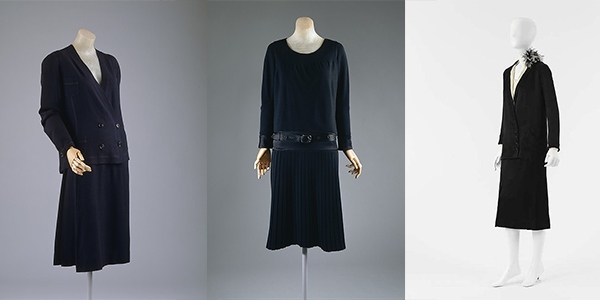
Chanel suits and ensembles late 1920s – from the Metropolitan Museum of Art
Her success as a dress designer started on a chilly day. That day she created a dress out of an old jersey; a simple design that draped over her body. According to the Biography website, she one told author Paul Morand, “my fortune is build on that old jersey that I’d put on because it was cold in Deauville” (where she had a store).
She believed that luxury wasn’t luxurious if it wasn’t comfortable, and that was reflected in her designs. The legendary Chanel suit, with its signature collarless jacket and fitted skirt, made its debut in 1925. She emphasized comfort, which is perhaps, one reason why the Chanel suit continues to be popular. She may not have invented the little black dress, but in 1926, she brought black out of mourning and made it an elegantly simple addition to every women’s wardrobe. Who doesn’t have a little black dress in their closet? Thank you, Coco Chanel! She also popularized the pairing of a string of pearls with the little black dress. And, in 1920, she introduced her signature scent, Chanel No. 5, a perfume that continues to see strong sales to this day.
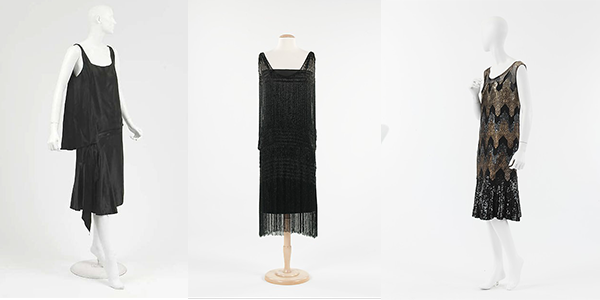
Chanel’s little black dress, late 1920s. Metropolitan Museum of Art
Coco Chanel was an interesting woman who knew what she wanted and wasn’t afraid to pursue it. If you are interested in finding out more about this fashion icon, here is a list of places to visit:
http://www.biography.com/people/coco-chanel-9244165#fashion-pioneer
http://www.newyorker.com/magazine/1931/03/14/31-rue-cambon-2 (an article from 1931)
http://hubpages.com/style/Coco-Chanel-a-style-icon-for-the-ages




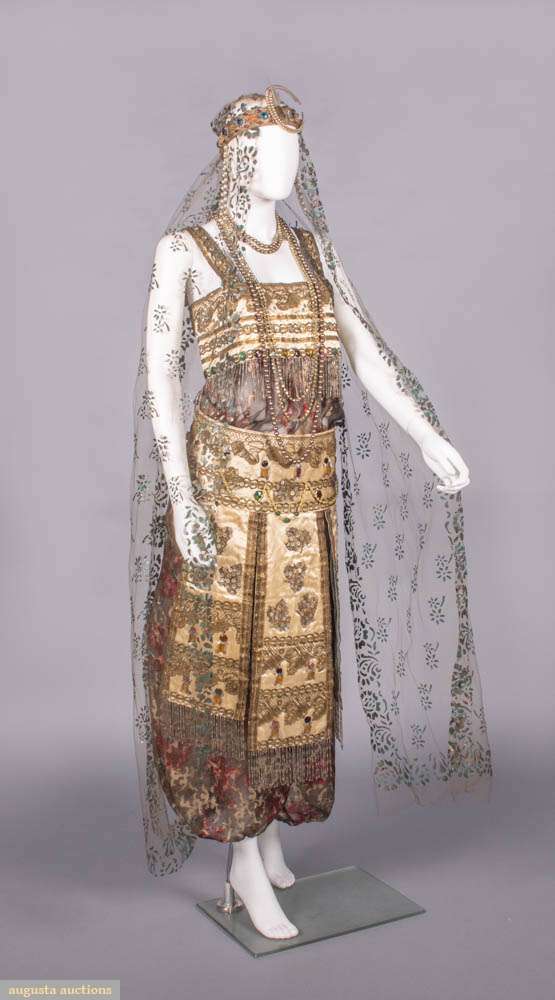




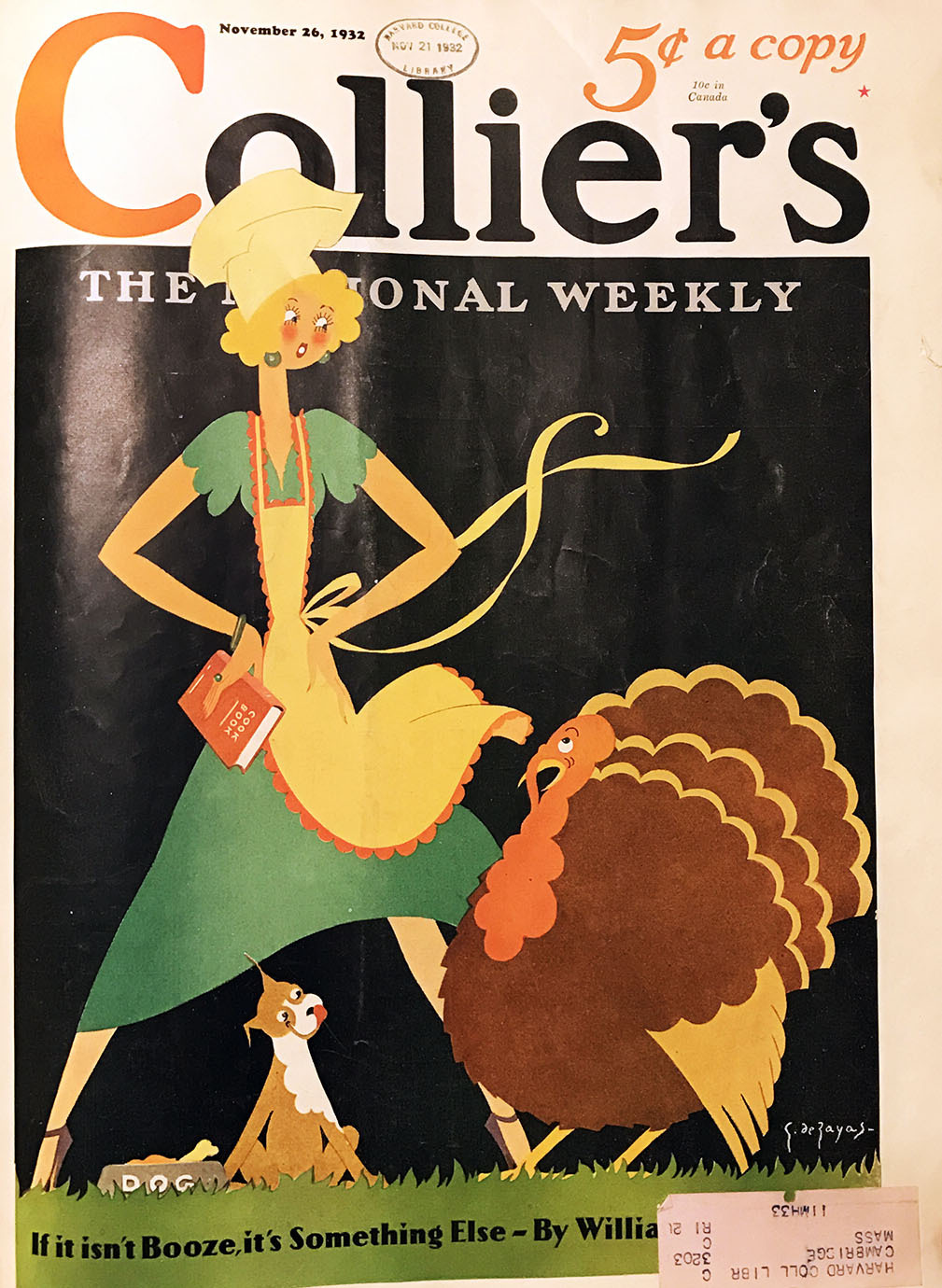
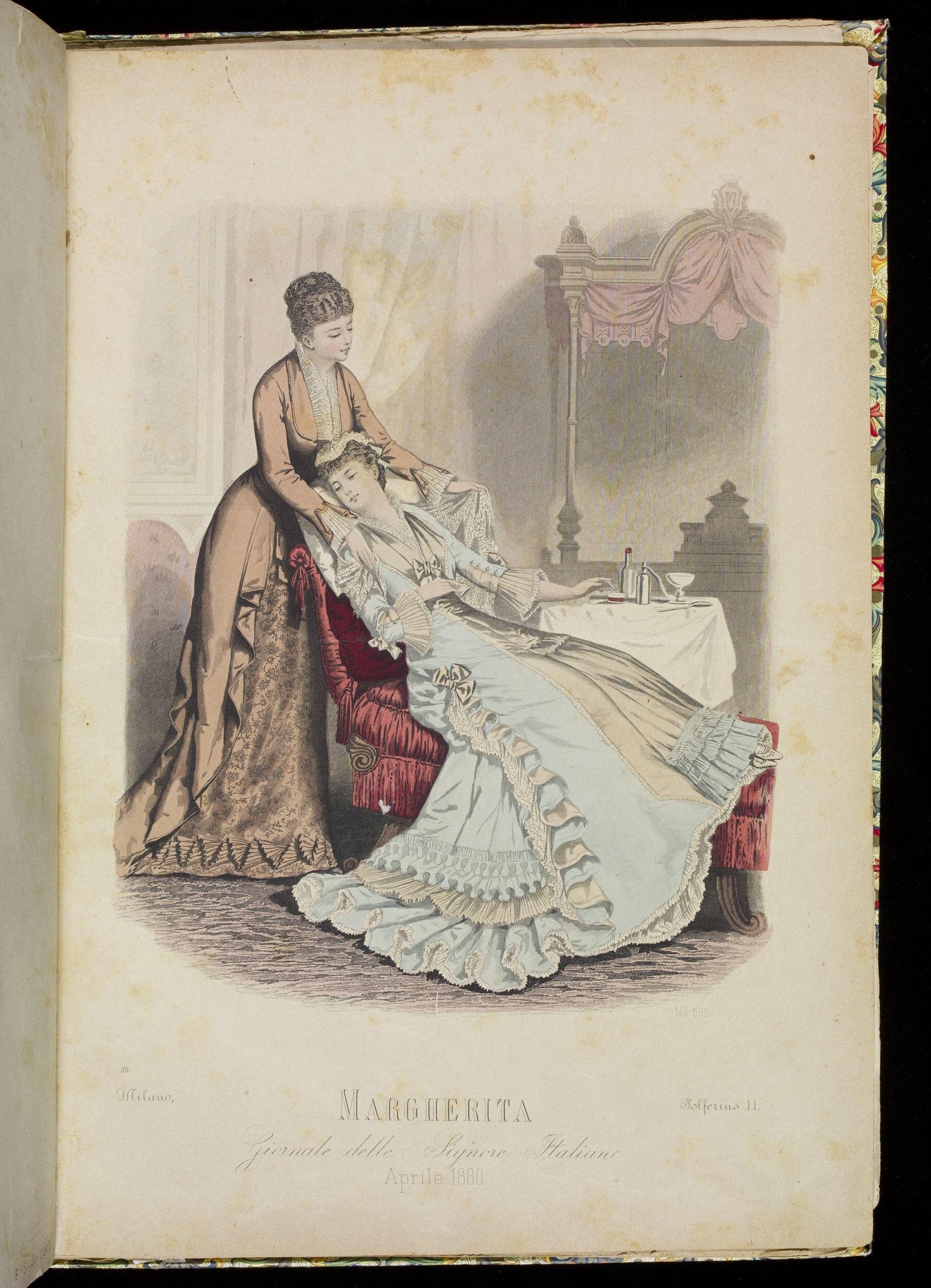
Leave A Comment